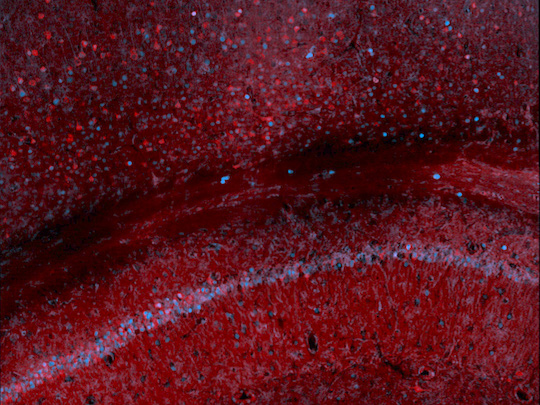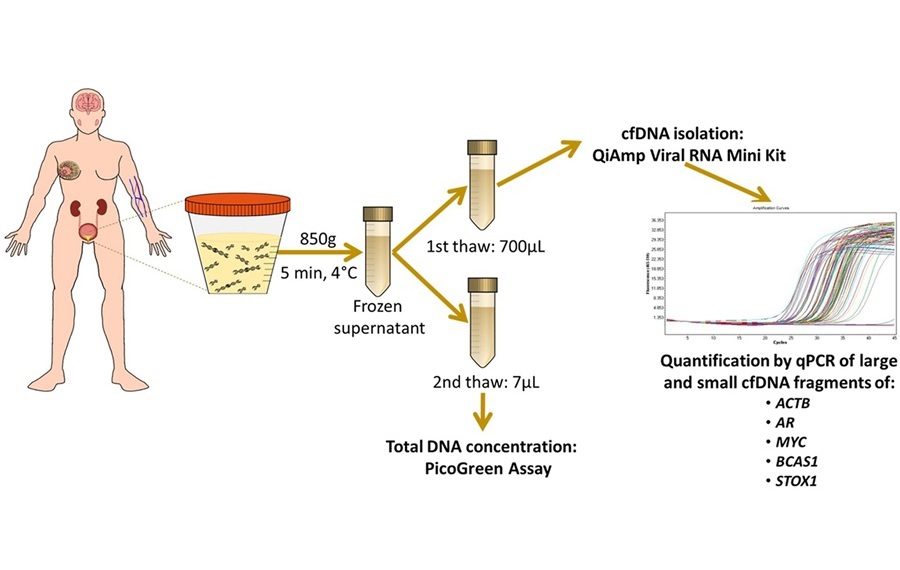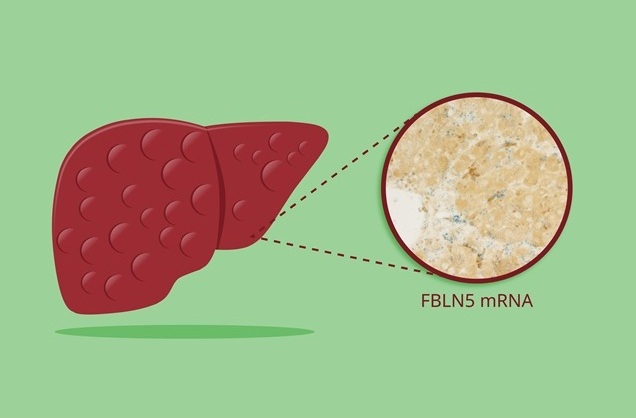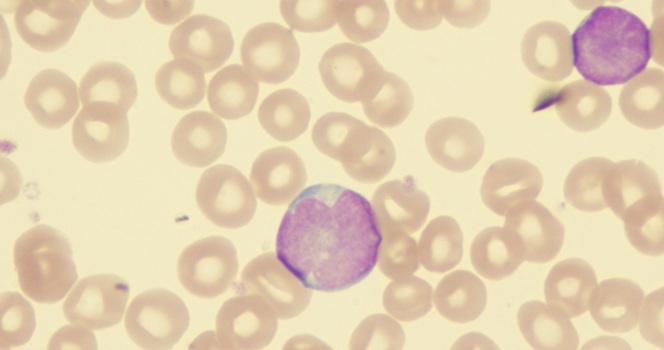Blood Test to Track Gene Expression in the Brain Could Help Prevent Neurological Diseases
Posted on 16 Jan 2024
Encased within a complex network of specialized blood vessels, the brain remains the body's most protected organ. This intricate structure, while protective against external threats, poses significant challenges for researchers seeking to understand gene expression dynamics and their link to diseases. Addressing this challenge, scientists have now introduced a noninvasive method to track gene expression in the brain, potentially transforming research in brain development, cognitive function, and neurological disorders.
The team of scientists at Rice University (Houston, TX, USA) has developed a groundbreaking class of molecules named released markers of activity (RMAs). These RMAs offer a noninvasive solution to measure gene expression in the brain via a simple blood test. Traditionally, assessing gene expression in the brain has been limited to post-mortem analysis or less sensitive and specific modern neuroimaging techniques. The RMA platform, however, introduces a synthetic gene expression reporter into the brain, which synthesizes a protein capable of traversing the blood-brain barrier, thus facilitating the measurement of gene expression changes via a simple blood test.

Prior studies have found that antibodies cross the blood-brain barrier using the neonatal fragment crystallizable receptor (FcRn), a gene instrumental in regulating antibody levels in the body. Utilizing advanced bioengineering methods, the Rice University team fused the antibody segment responsible for blood-brain barrier passage with a common reporter protein. This innovation allowed for the successful attachment of RMAs to specific genes. When these genes were expressed in a mouse's brain, their expression was detectable in the animal’s blood. The scientists believe that RMAs could become an essential tool for researchers to monitor brain gene expression. For instance, the RMA platform could be invaluable in determining the duration of novel gene therapies within the brain.
“This method is very sensitive and can track changes in specific cells,” said Rice bioengineer Jerzy Szablowski. “Producing this protein in approximately 1% of the brain raised its blood levels up to 100,000-fold compared to baseline. We could specifically track the expression of this one protein with just a blood test.”
“We could track these new therapies with just a blood test and continue to monitor them over time since the RMA platform is noninvasive,” Szablowski added. “But we can also use RMAs to study gene expression as it relates to disease. Being able to track different gene expression changes will allow us to understand what leads to disease and how the disease itself changes gene expression in the brain. This could provide new clues for drug development, or even for how to prevent neurological diseases in the first place.”
Related Links:
Rice University














